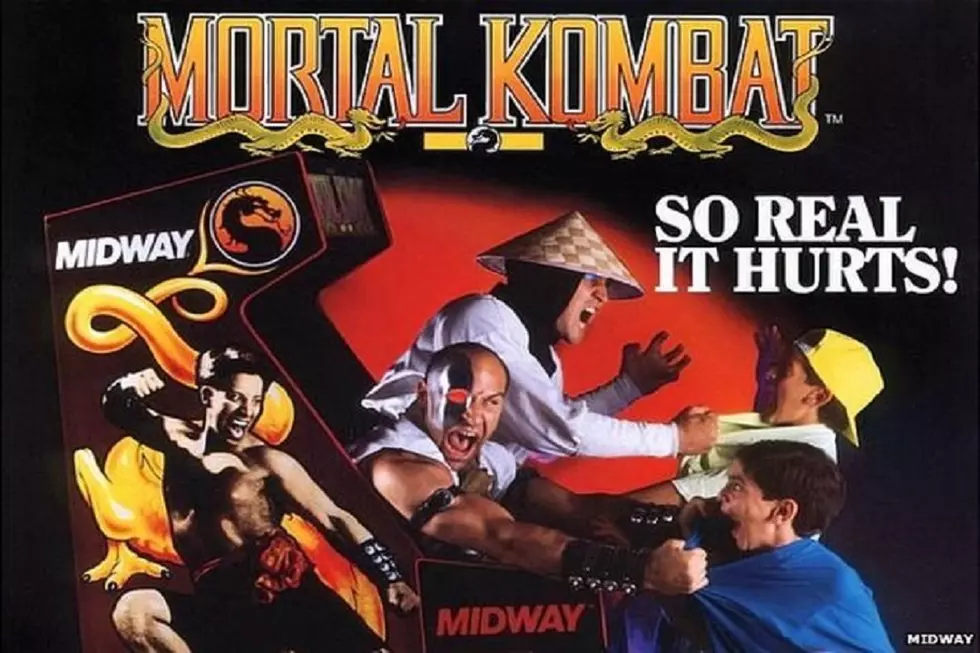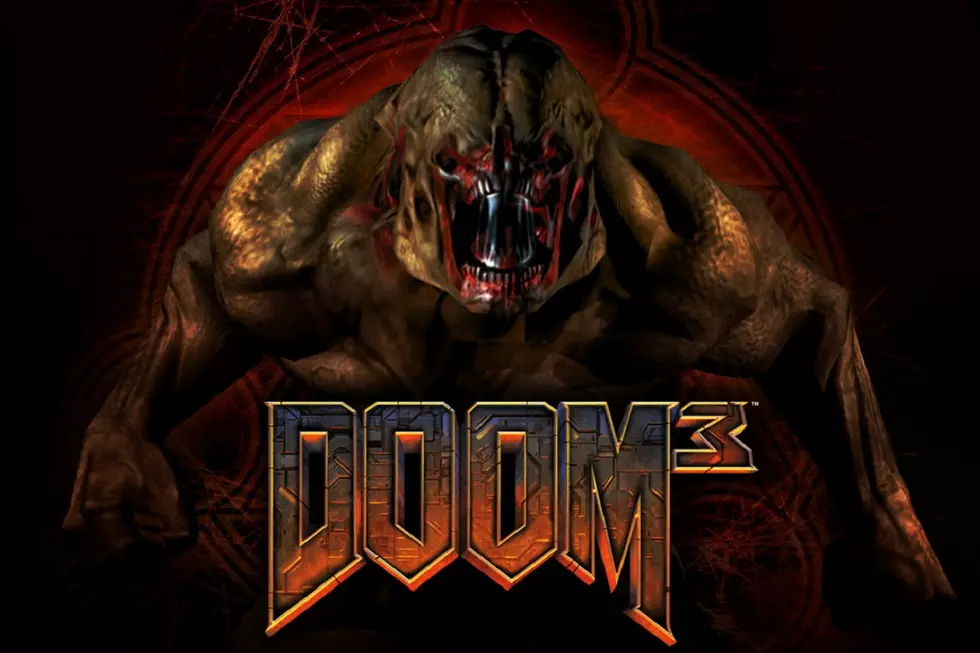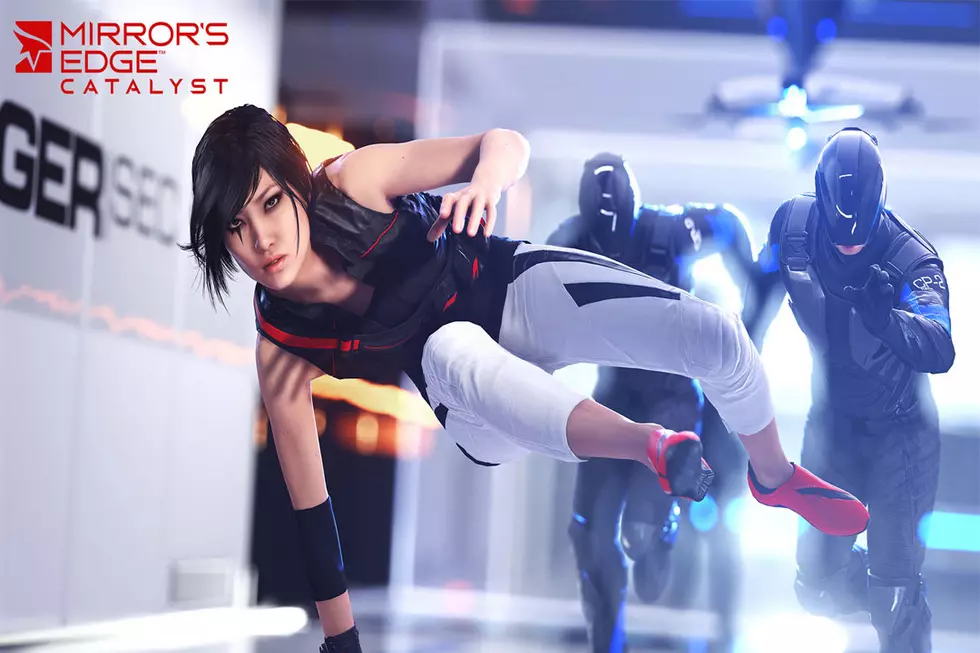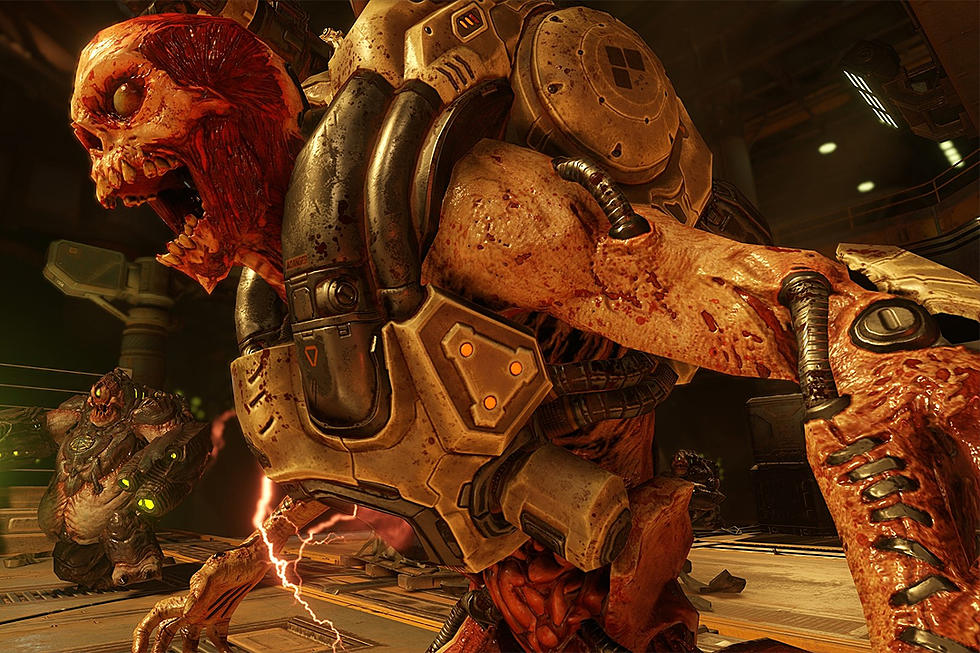
I Don’t Care About Doom’s Story, And Neither Does Doom
There’s a brilliant bit in the new Doom that has you ascending this gargantuan tower. You’re combating wave after wave of enemies to make your way to the top. On the way up, you’re testing the platforming skills you’ve spent the past few hours building up. Fall down, and you’re in for a lengthy climb. Focus too much on where you step, and you could fall prey to the horde of demons in front of you (literally) hell bent on ripping you to pieces.
It all converges in this quest to reach the summit and… To climb the tower and use… Shut off a…
Listen, I have no idea what that tower was or why I was climbing it. If I’m being honest, I couldn’t care less about Doom’s story. That’s not what drew me in. Instead, I loved Doom for its pitch-perfect controls, inspired level design and well of surprises I didn’t know I could expect from a first-person shooter. Doom works wonders with its tug-of-war approach to the power fantasy: each weapon unlocked makes you feel unstoppable for a solid 10 minutes, followed by the game getting right up in your face and saying, “Having fun with that new gun? You’re going to need it.” It’s a riot.
But I didn’t pay much mind to the story. I knew enough to be functional: you play as a silent marine, lovingly named “Doomguy,” as you fight to take back Mars after some bad people opened up a portal to Hell. Tale as old as time. There’s a greedy lady who looks like an emaciated David Bowie and a robot named Samuel, which is a lot less cute than it sounds. Beyond that, I didn’t read the data logs and I didn’t listen to the audio diaries --- I just didn’t care.
That’s nothing new, and that’s fine; not every game’s story is as engrossing as the game it represents. I didn’t play Just Cause 2 for its nuanced take on espionage and political revolution. I played because it had a dope grappling hook and you could blow stuff up.
Doom feels like a special case, though. It’s the only game I’ve played where the protagonist seems to care about what he’s doing as little as I do.
That feeling starts minute one. You’re resurrected from this ancient tomb in a futuristic facility. Zombie-like creatures surround you and start their approach. What’s going on? Why are you there? Any chance at an explanation is smashed to pieces just like the head of the closest demon. No opening cutscene, no tutorial. Just grab that pistol next to you and go.
It’s not for a lack of trying, either. Samuel Hayden (our mechanical friend) does his best to set up this whole mutual-back-scratching scenario and why you have to help him stop Bowie. And each time it’s met by Doomguy having absolutely none of it. Trying to hear the exposition from the screen on the wall? Doomguy just punched through it. Or there’s the time that Hayden wants you to deactivate some energy tubes carefully because the chain reaction could --- well, Doomguy just put his boot through one of them. Where other games would have you ask what happened to the fallen workers of this derelict facility, Doom sees its hero rip the arm off a corpse to use on a handprint scanner. It’s a harsh departure from the reverence of a BioShock or Dead Space.
I see narrative in gaming as a spectrum. At one end, you have relatively simplistic titles that put gaming first with little to no setup, like Tetris or Picross. The other side is the story-first interactive narratives: as much as I hate the moniker, think “walking simulators” like Gone Home. You’ll see different levels of narrative investment and priority up and down that list. Moving from a Tetris, there’s a game like Overwatch: In the game proper (don’t give me that “you have to read the comics on the website” crap), the story’s extent is an opening cutscene and world-building level design --- otherwise it’s a gameplay-first mentality. Moving back from Gone Home is Telltale’s Library from the past several years: minimalist point-and-click or quick-time event interactivity but with most heft given to the narrative. Feel free to try the Gaming-Story Spectrum Place-it-Yourself Home Game and let me know what you come up with.
Doom should be firmly planted somewhere on the spectrum, but our aggressively indifferent Doomguy throws the balance out of whack. He propels the game back and forth like the ragdoll demons caught in his crosshairs. That’s because the one constant in the spectrum is that the games’ casts are committed. Nathan Drake cracks jokes, but a few one-liners doesn’t keep Uncharted from striving for an immersive narrative. Mirror’s Edge Catalyst had a bland story with vanilla characters, but for what it’s worth the game took its mission of telling that bland story to heart.
Doomguy feels like the first big push for a character in the same shoes of the more apathetic players. His goals are theirs: shoot stuff, get from point A to point B and have a good time on the way. He doesn’t care what Argent energy is or what Olivia Pierce did to betray her coworkers. He takes the chainsaw from the Mars base with no questions asked. He’s “Press X to Skip Cutscene” personified.
If you want to dive into Doom’s narrative, it gives you more than enough chances. Each weapon, enemy and area has multiple codex entries that will tell you everything you need to know. Knock yourself out. You may even find some helpful hints for hitting the hellspawn where they hurt. But if you expect to empathize with your character, then bless your heart. Doomguy just found the BFG and he has work to do.
More From Arcade Sushi









